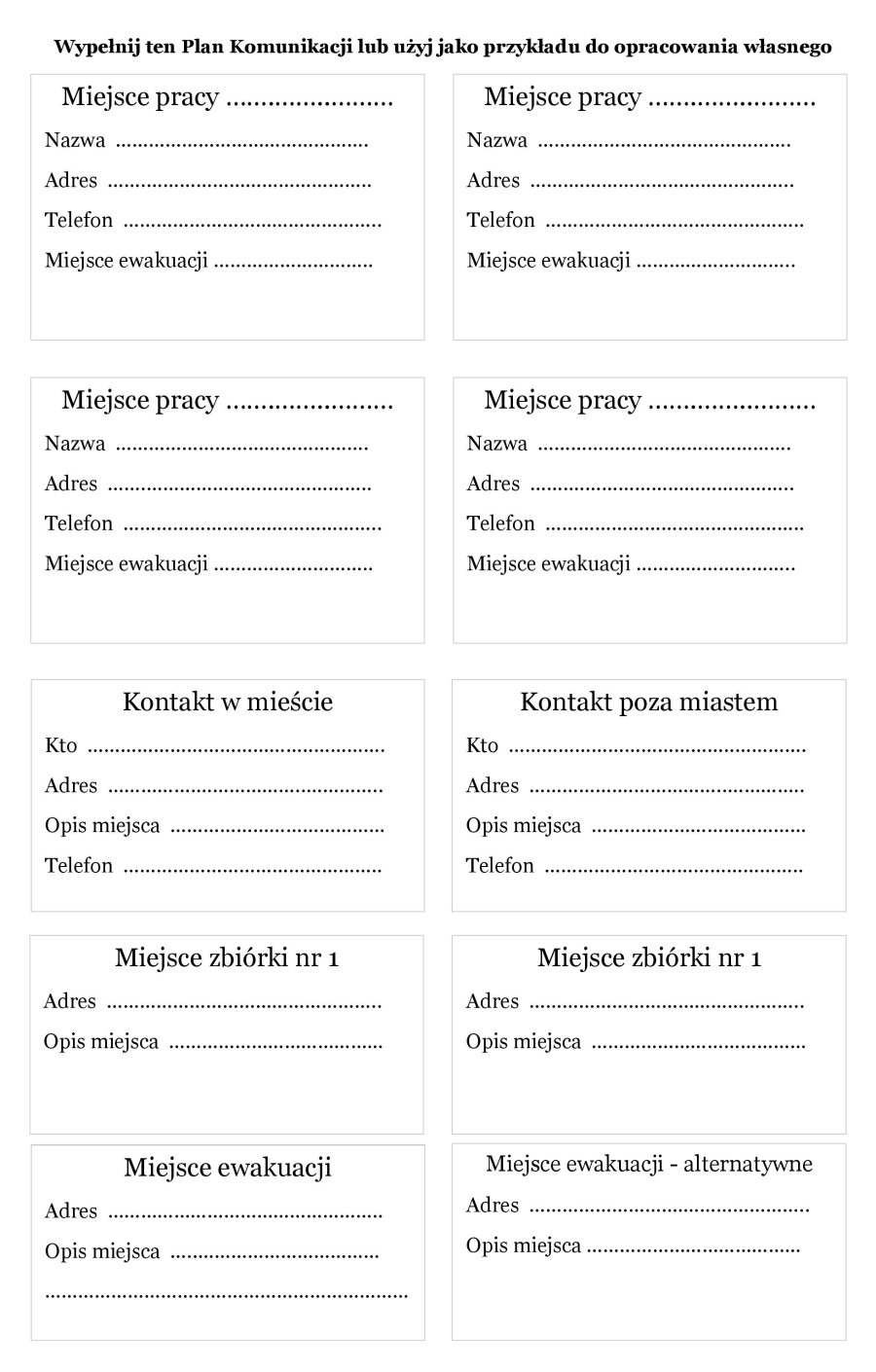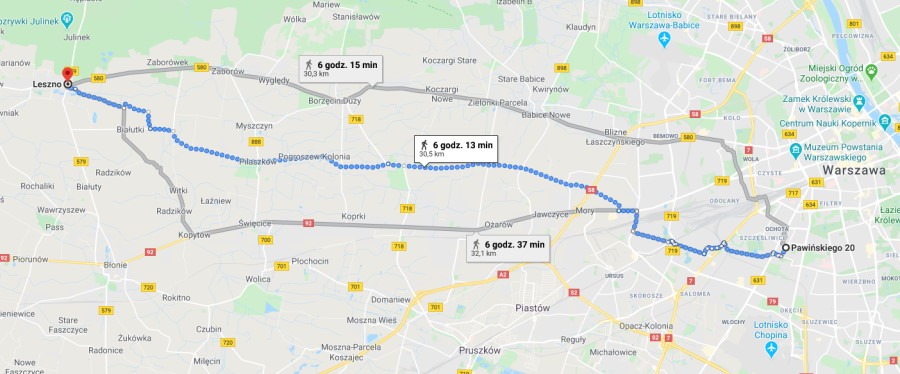Make a plan
Prepare your family’s plan today. When it comes to the situation that the threat appears, your family may not be gathered around. Don’t forget to plan on how to contact each other and where can you meet in such case. Additionally, you need to determine what type of disasters might affect your area. During hard situations, remember about your animals.
Prepare a family emergency plan
Your plan ought to be simply, easy to remember and capable to fit in any emergency situation that may occur:
- Choose your family’s safety points that anyone will be able to reach by themselves (the first nearby the household in case of the fire or flood, the second away from the household as if the first option will turn out to be impossible)
- Make sure that everyone has their own evacuation plan, the knowledge where the meetings points are and how to reach them
- Get familiar with reachable evacuation routs and plan more than one way out in case of the road’s blockade
- Specify communication’s methods for every family member in case of separation
- Select a close friend or another family member who lives in another location as so-called mail box or optional safety point
- Carry a functional radio with extra batteries to enable listening to the announcements
- Check if every family member knows the supplies location
Write down emergency numbers at your phone. Always keep the most important ones with you.
Provide information
- Gather your family members together and provide them with information on how to behave in case of fire, flood, military attack, power grid failure or pandemic
- Specify what to do in case of strength loss or injury
- Instruct everyone about how to turn off the gas, electricity and water supplies if necessary
- Locate at the visible point emergency numbers
- Teach children how to dial 112 number and how does it work
- Instruct family members that switching on PR1 radio is necessary to maintain actual messages and instructions
- Make sure that everyone has their own evacuation plan and knows where to look for it
- Find out if your family members understand communication and evacuation plans and are able to realize them
Consider individual family members needs
While preparing family evacuation plan adopt it to individual needs and obligations in everyday life. Discuss them together. Find out how can you help each other with communication, children care, business, animals and specific needs. Take the following factors into account when designing a family emergency plan:
- Different age groups of family members and their specific needs
- Daily obligations of each person
- Disability or functional needs, including devices and equipment
- Opportunities for support by family members
- Location to be reached
- Nutrition needs
- Medical needs, including medicines and equipment
- Animals
Communication plan
Follow these activities to complete family communication plan before the danger appears:
- Collect and save contact information for your family and other important people
- Make sure everyone carries a copy of this information - put copies into safe places like: a car, a desk at work, an emergency backpack, a school backpack or any other specially designed place
- Organize regular meetings with family members to review and update information from the communication plan
Send SMS messages – the text may arrive much faster than a possibility to make a call.

Update your plan every 6 months or when an important change takes place.
Evacuation plan
The situation that every family member will be forced to reach the specified evacuation point on their own, may happen. Therefore, it’s crucial for the evacuation route to be determined individually. If you’re the one responsible for evacuation plans, remember to deliver everyone a copy of their own plan.
Determine the route:
- Design a graphics with a map of the area where you live, work or study
- Mark areas where you used to be
- Find your evacuation point on the map
- Develop a route to drive or walk, including the local roads usage
- Plan more than one escape route in case of roadblocks
- Mark the places to meet your family at the route (in the city and outside of it)
- Find out how to leave the information that someone has already been at the meeting point and went on
- Plan accommodation, if necessary. Keep in mind that you can walk approx. 30-40 km a day with an emergency backpack on
- Single out a member of the closest family as a contact at who you will leave messages
- Determine the person/people that will take care of children and older family members. Create groups that will drive or walk together; remember about your animals!
Practice the designed plan with your family in normal conditions. When the threat appears, there’s no time to think, you have to operate.
Remember to update your plan at least once a year, with every new route, barricade or crossing included.

An example of a walking route, to be complemented by architectural and natural obstacles. Print out your own map with an appropriate magnification.


